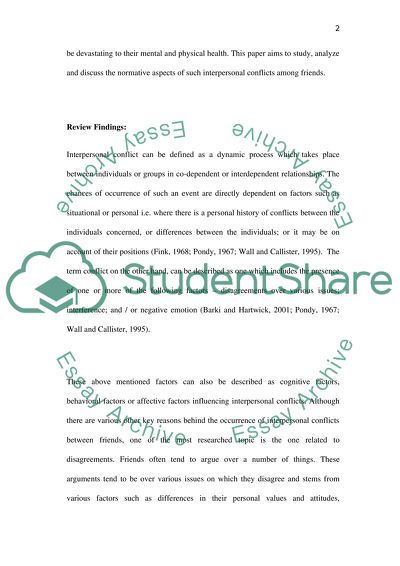Cite this document
(“Conflict in friendships Research Paper Example | Topics and Well Written Essays - 1750 words”, n.d.)
Retrieved from https://studentshare.org/family-consumer-science/1418018-conflict-in-friendships
Retrieved from https://studentshare.org/family-consumer-science/1418018-conflict-in-friendships
(Conflict in Friendships Research Paper Example | Topics and Well Written Essays - 1750 Words)
https://studentshare.org/family-consumer-science/1418018-conflict-in-friendships.
https://studentshare.org/family-consumer-science/1418018-conflict-in-friendships.
“Conflict in Friendships Research Paper Example | Topics and Well Written Essays - 1750 Words”, n.d. https://studentshare.org/family-consumer-science/1418018-conflict-in-friendships.


